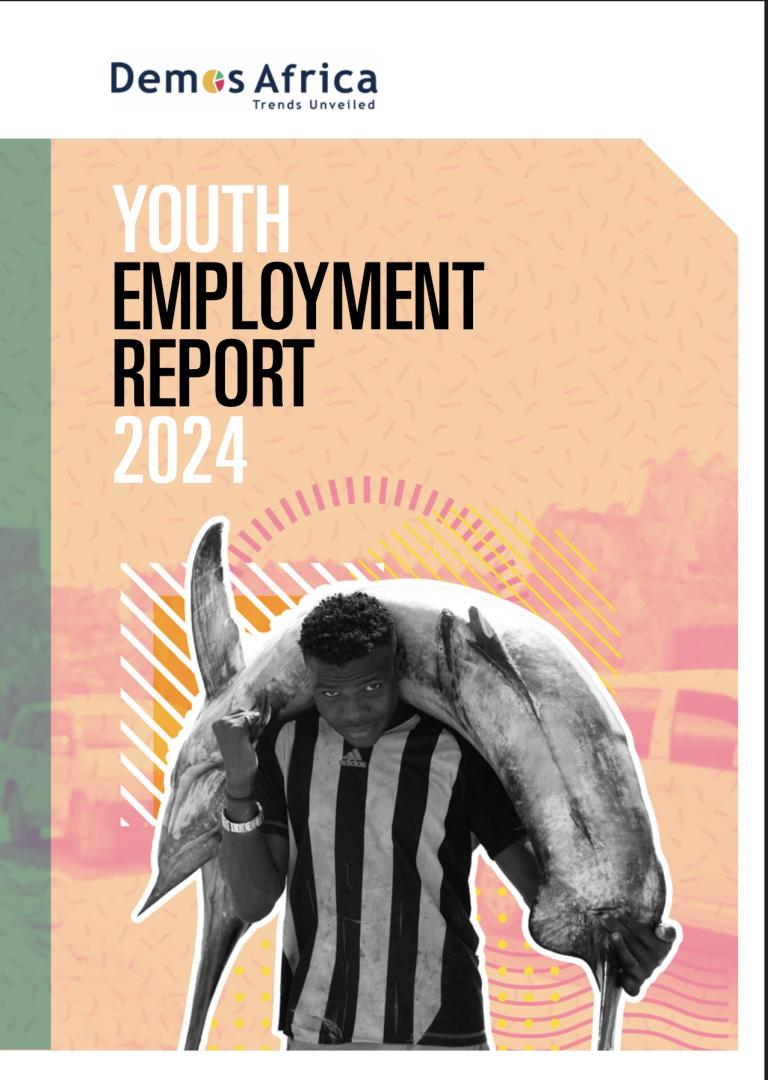Considering all the drivers of change – from the ground up and we’ll motivate and support you to make the change.
Job-seeking behaviors varied across age groups, with 69% actively seeking employment. Noteworthy differences in search methods included personal networks (45.2%), in-person visits (43%), and online platforms (8.3%). Reasons for not seeking employment included job unavailability (36.1%), lack of skills (30.5%), and repeated failed attempts (17.6%).
Skills and vocational training preferences were evenly distributed, with 52.3% lacking additional skills and 47.7% possessing various competencies. Notable gender disparities existed, emphasizing
the importance of tailored vocational training programs. The survey highlighted a strong interest in vocational training (90.1%), particularly among the younger demographic.
A compelling 87.5% expressed a desire for job opportunities,
showcasing consistency across genders. Preferences for the private sector (76.8%) and interest in international opportunities (62.8%)
revealed nuanced patterns based on gender and age. The survey underscored a willingness to accept unpaid traineeships (80.0%), informing workforce development strategies.

We have carried out surveys both for the state off healthcare and Education in Somalia which you can readily access.
The goal of the survey was to gain a deeper understanding of the challenges that the Somali people face in accessing healthcare a key service generally provided by the government.
The survey consisted of 25 questions about the state of healthcare in Somalia. Among other things, we asked about COVID-19, vaccination rates, the prevalence of chronic ill- nesses, access, affordability and quality of the healthcare system.
We were able to generate 264,000 numbers out of an estimated 5-6 million active numbers in Somalia. We used existing area codes and prefixes to randomly generate and call a representative sample.
Trained enumerators called 40,196 active numbers, using a sophisticated computer system.